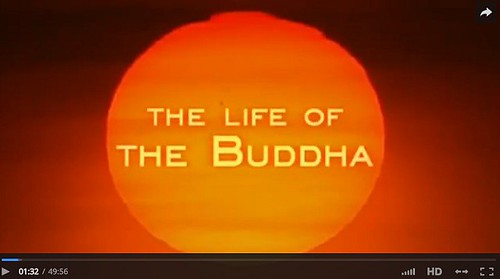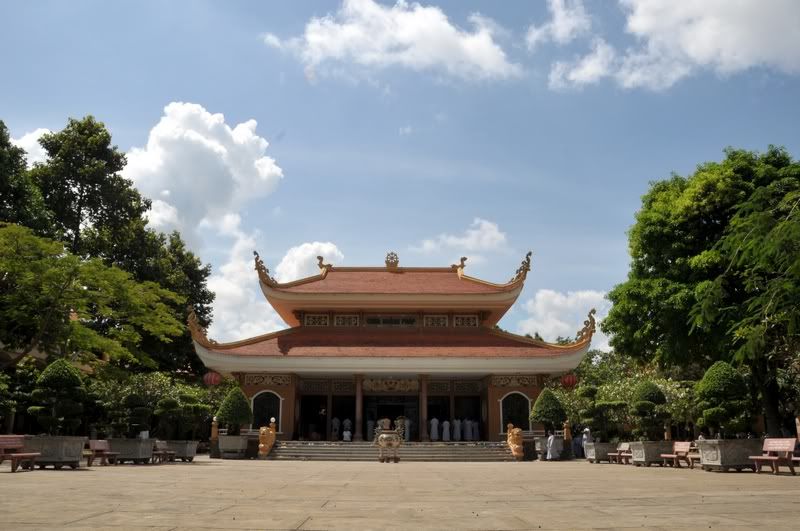1. No killing.
2. No stealing .
3. No sexual misconduct.
4. No lying .
5. No intoxicants.
"The kind of seed sown
will produce that kind of fruit.
Those who do good will reap good results.
Those who do evil will reap evil results.
If you carefully plant a good seed,
You will joyfully gather good fruit."
(Shakyamuni Buddha)
It was 500 years Before Christ that a young prince set out on a journey. He travelled through pain and suffering to reach Nirvana – the everlasting bliss we all dream of. “Symbol of peace, symbol of compassion, symbol of non-violence,”. He was the Buddha.
---------------
The life of the Buddha with pictures
The Buddhas' Sasana
Namo Tassa Bhagavato Arahato Samma SamBuddhassa
---------------
The life of the Buddha with pictures
The Buddhas' Sasana
Namo Tassa Bhagavato Arahato Samma SamBuddhassa
Celebration of Siddhattha Gotama attained enlightenment
Following the Buddha's Footsteps
-------------
Namo Shakyamuni Buddha
Following the Buddha's Footsteps
-------------
Namo Shakyamuni Buddha





